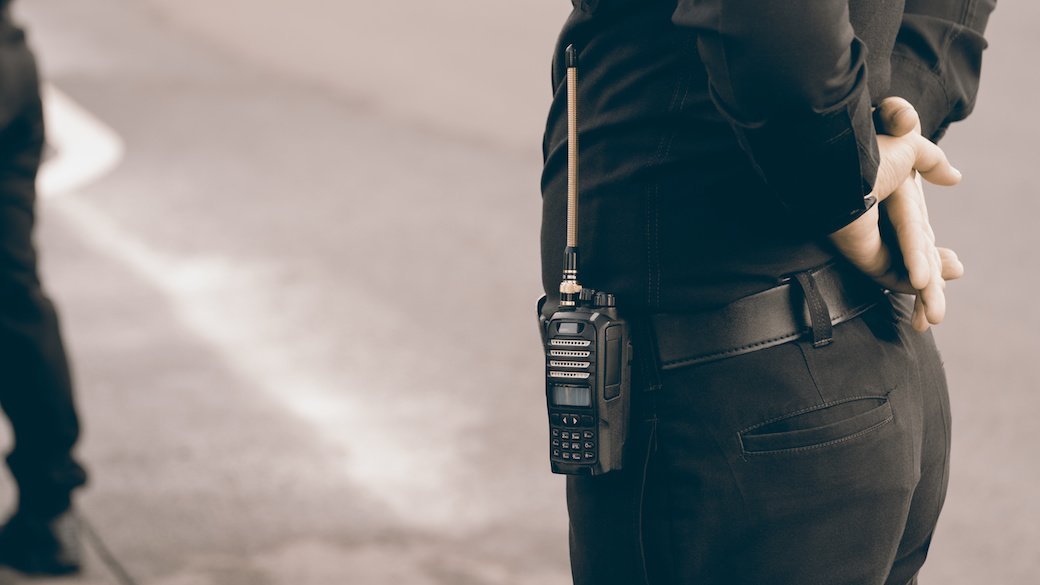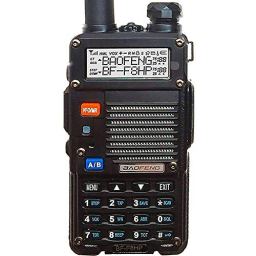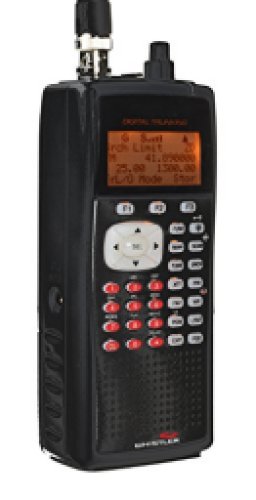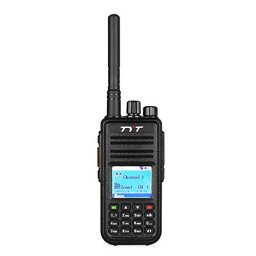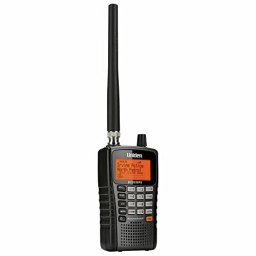Buying guide for best handheld digital scanners
A handheld digital scanner is a lightweight, portable device that can connect to various local radio broadcasts. It’s a great option for people who want to stay up-to-date in emergencies or enjoy amateur radio broadcasts.
Handheld digital scanners are frequently battery-operated; some come with a rechargeable battery pack. The typical handheld digital scanner performs for several hours at a time and, thanks to its heavy-duty construction, can be used in rain, snow, and other inclement conditions.
Features
The following features are important to consider when you’re searching for the perfect handheld digital scanner.
Frequencies: The best handheld digital scanners pick up AM, FM, and digital frequencies. But buyer beware: some handheld digital scanners pick up only one or two of these three.
Storage capacity: For those who want immediate access to specific frequencies, a handheld digital scanner that offers a large storage capacity is ideal. Some handheld digital scanners offer storage space for more than 38,000 frequencies. Additionally, handheld digital scanners are available that can be used with a microSD card so you can further increase your scanner's storage space.
Power source: Handheld digital scanners usually require batteries or a battery pack. For scanners that require batteries, AA or AAA batteries may be used, and up to four may be required at a time. For scanners that require a battery pack, the pack itself is rechargeable and is likely sold with the device. Some scanners can also be used with a USB charger.
Construction: If you plan to use your handheld digital scanner in bad weather, choose a waterproof model. This scanner will continue to perform even if gets wet.
Buttons and display: If you're nearsighted, you should have no trouble using a scanner with an extra-large color screen and large buttons. If you plan to use your scanner both day and night, a unit with a backlit LCD keypad is a good choice because it will illuminate the device's keys and screen.
Channels: Handheld digital scanners may feature dozens or hundreds of channels that allow you to monitor emergencies, check weather updates, and listen to music.
Banks and lists: Some handheld digital scanners allow you to program channels on your device. These scanners frequently offer list capabilities, so you can set up categories for channels like "Police" and "Fire" and immediately access them.
GPS: If your handheld digital scanner has GPS compatibility, it can instantly detect your location and pick up frequencies wherever you are.
Simultaneous charging and scanning: If you want a handheld digital scanner that recharges as you scan for frequencies and channels, pick one that offers simultaneous charging and scanning. But remember, scanners that offer simultaneous charging and scanning tend to be more expensive than others.
Range: A handheld digital scanner with a range of 400 to 500 MHz should easily pick up frequencies in any location. Of course, the greater a scanner's range, the more frequencies you'll be able to pick up.
Battery life: Battery life for a handheld digital scanner usually lasts at least four hours. Keep in mind that you may be able to pick up high-powered batteries to keep your scanner running longer. Alternatively, you could choose a scanner with a rechargeable battery pack.
Data cloning: If you have a handheld digital scanner that you've already programmed but are ready to upgrade to a new model, consider one that has data cloning capabilities. With data cloning, you can take the frequencies and channels that are stored on your current scanner and transfer them to your new device.
Digital AGC: A handheld digital scanner with digital automatic gain control (AGC) compensates for low user audio levels on different frequencies you monitor. This means that with digital AGC, you'll be able to listen to different frequencies at the same volume.
Windows PC-based programming: Some handheld digital scanners require you to use a Windows PC to program your device. If you fail to use a Windows PC to program one of these scanners, you won't be able to use all of the device's features.
Accessories: A handheld digital scanner is sometimes sold with a belt clip, earpiece, and hand strap. These accessories are convenient, but they are not absolutely necessary to use a handheld digital scanner.
Software compatibility: Various handheld digital scanners are not compatible with CHIRP, an open-source programming software for scanners. Also, not all handheld digital scanners are compatible with RT programming software.
Handheld digital scanner prices
Inexpensive
The base price range for a handheld digital scanner is $200 or less. Scanners in this price range tend to be battery-operated and may allow you to program hundreds of channels.
Mid-range
In the $200 to $400 range, you’ll find scanners that offer extensive memory, location-based scanning, and preemptive trunking priority capabilities.
Expensive
The highest price range for handheld digital scanners falls between $400 and $600. Scanners of this quality often come equipped with state-of-the-art software and follow communications on APCO 25 Phase 1, Phase 2, Motorola, and other trunked systems.
Tips
Understand the legal ramifications associated with misuse of a handheld digital scanner. U.S. airwaves are considered public property, and you are forbidden from using a scanner to listen in on phone calls and encrypted communications. In some states, you cannot use a handheld digital scanner while driving.
Examine the microvolts. Handheld digital scanner sensitivity is measured in microvolts. If you plan to use your scanner in a rural setting, choose one that has a low number of microvolts and a high sensitivity.
Evaluate selectivity. Selectivity is key if you plan to use your handheld digital scanner in an urban setting. This feature ensures you can select a specific station, regardless of whether there is another station on a nearby frequency.
Review scanning speed. A scanning speed of 16 channels per second is usually sufficient if you’re going through a limited number of channels. But if you plan to listen to a wide array of channels on your scanner, choose a device that comes with a higher scanning speed.
- Assess your day-to-day use. Consider how you intend to use your handheld digital scanner. That way, you can choose a device that falls in line with your expectations and budget.
FAQ
Q. Does a handheld digital scanner work the same way as a walkie-talkie?
A. A handheld digital scanner and a walkie-talkie are roughly the same size and weight, but the similarities end there. With a handheld digital scanner, you can listen to local radio broadcasts and emergency updates. Meanwhile, a walkie-talkie ensures you can communicate with another person who is using a walkie-talkie on the same frequency at the same time.
Q. How does a handheld digital scanner differ from a base model?
A. A handheld digital scanner is designed for use just about anywhere. It fits conveniently in your hand, and you can carry it in your pocket or a backpack. The device also runs on batteries. A base scanner is a fixed unit that you can use only at one location. It is usually mounted in a home or vehicle.
Q. What are the differences between “phase one” and “phase two” handheld digital scanners?
A. Digital phase one scanners feature approximately twice the number of channels available on analog scanners. Digital phase two scanners offer extra channels in addition to those available on digital phase one models.













